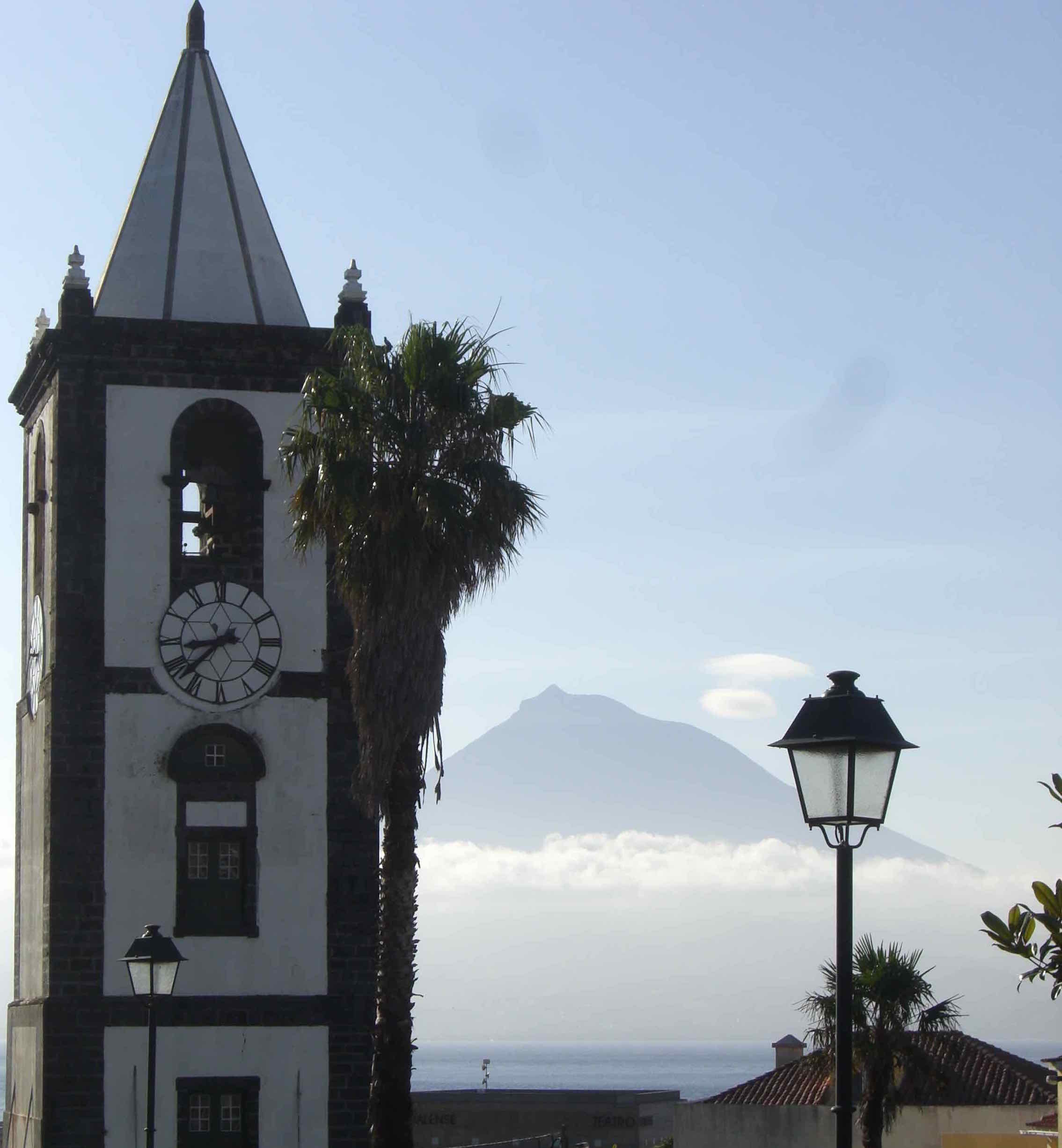Day 1 in Horta, Faial Island, Azores started off with a 9am meeting at the Dept. of Oceanography & Fisheries, Univ. of Azores to discuss the logistics and plans for Phase-I of the field experiment. The Director of DOP welcomed us and offered us the full support of the department. Equally importantly for us, it was the first time all of us were in the same room at the same time. Discussions were led by João Tasso (FEUP) and aided by Jorge Fontes of DOP. Alex Nimmo Smith gave a short presentation of the HOLO camaera, following which we all headed to the DOP warehouse at the other end of the harbor (this isn't a big place and it took a short 15 minutes to go over). This 'warehouse' is not only next to the pier in the harbor, but has a wireless connection and benches where integration and test activities could take place. The day was spent looking over code, integrating sensors and getting ready for the latter half of the day. That was when teams split up, one group going on a small DOP vessel to test T-REX in the water, the other the FEUP team going off to the north to test UAVs over land.
As is typical in such field exercies, things never go well right off-the-bat. And they didn't here too.
A FEUP X8 had a hard landing primarily because of pilot error. While some parts of the onboard electronics could be salvaged, the airframe was written-off. This might appear catastrophic, except these vehicles are very reasonably costed. Another reason why low-cost vehicles can and should have an impact in ocean science and engineering, we feel.
Alex Nimmo Smith's HOLO camera also had alignment and integration problems. So it was back to the hotel to the hotel for Alex to work things out in more subdueed surroundings.
The AUV team that went out, also had its share of things to deal with. Control parameters set on the vehicle a while ago from a previous deployment which were supposed to have been saved in memory, were not. So the Xplorer upper water-column running T-REX did what it wanted to, and not what the operater expected it to. The mission was terminated and the team returned to the lab.
After such a 'nomial' start the entire team felt good and on familiar terrirotry! So off they went for a late night dinner and some well deserved rest.
















